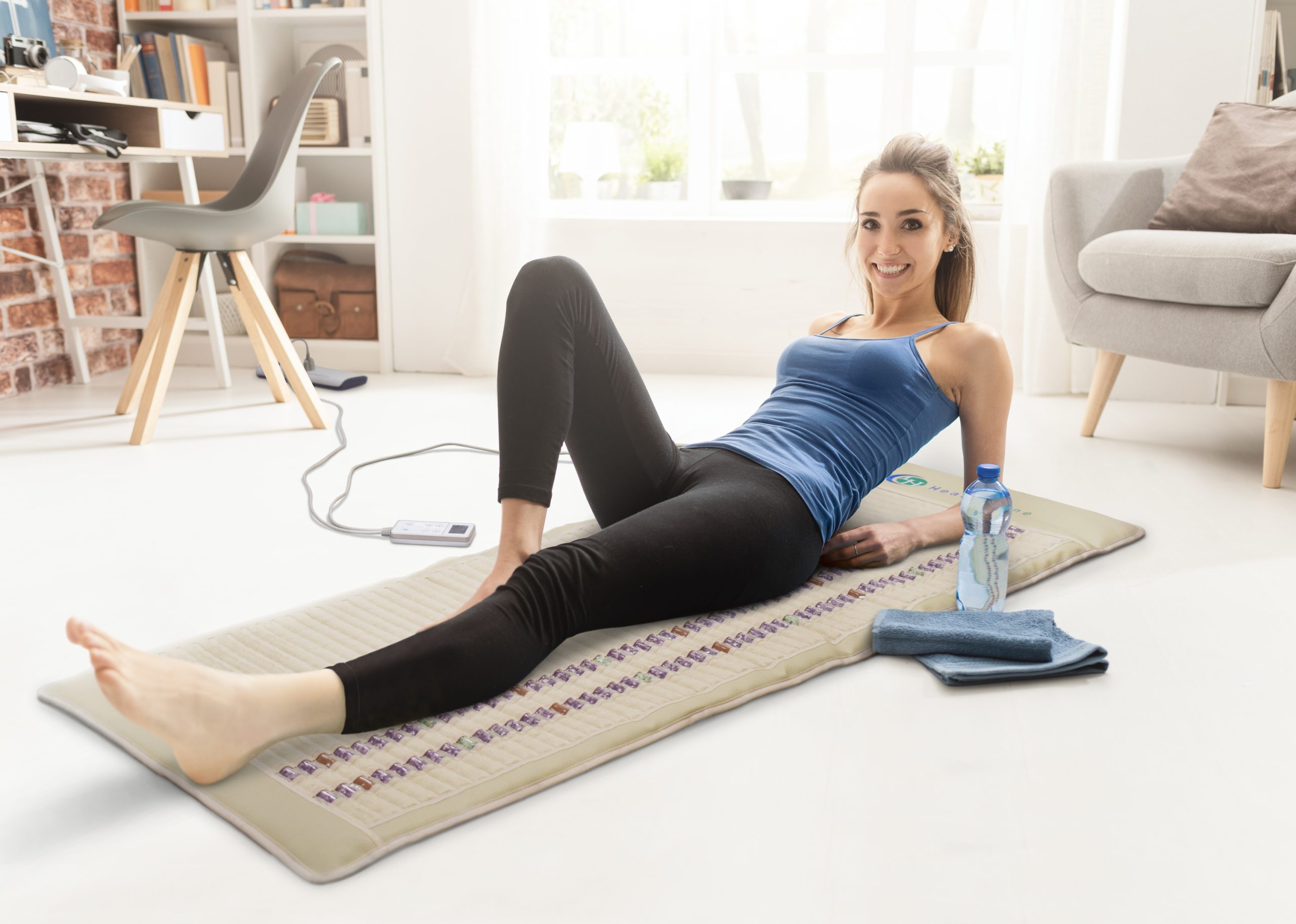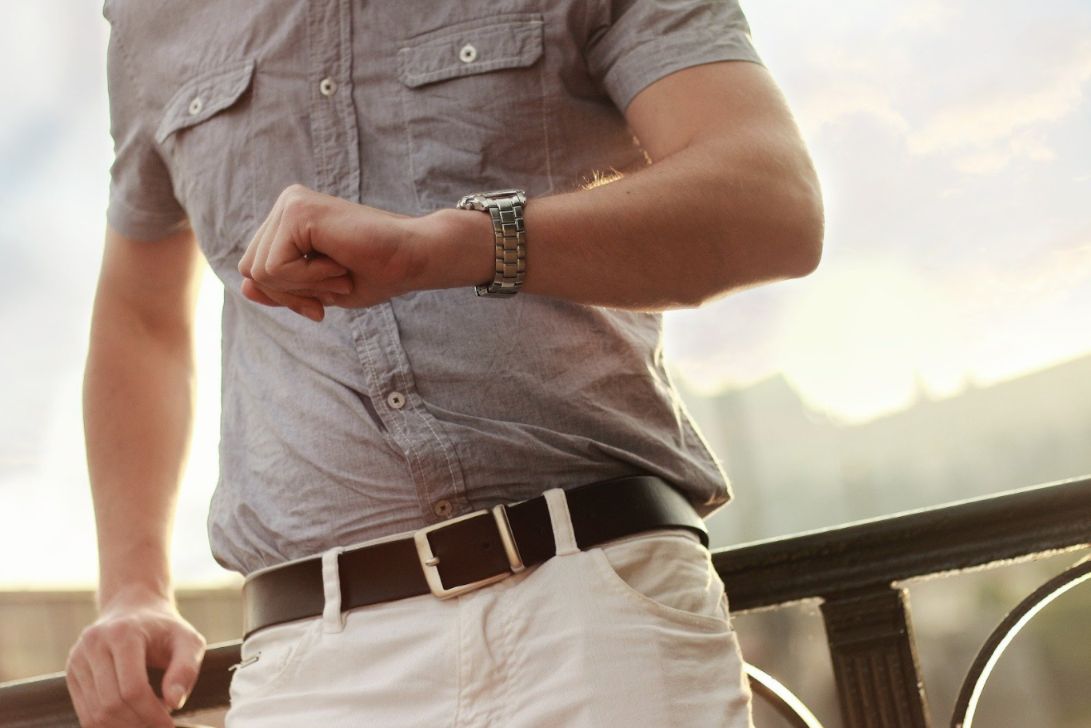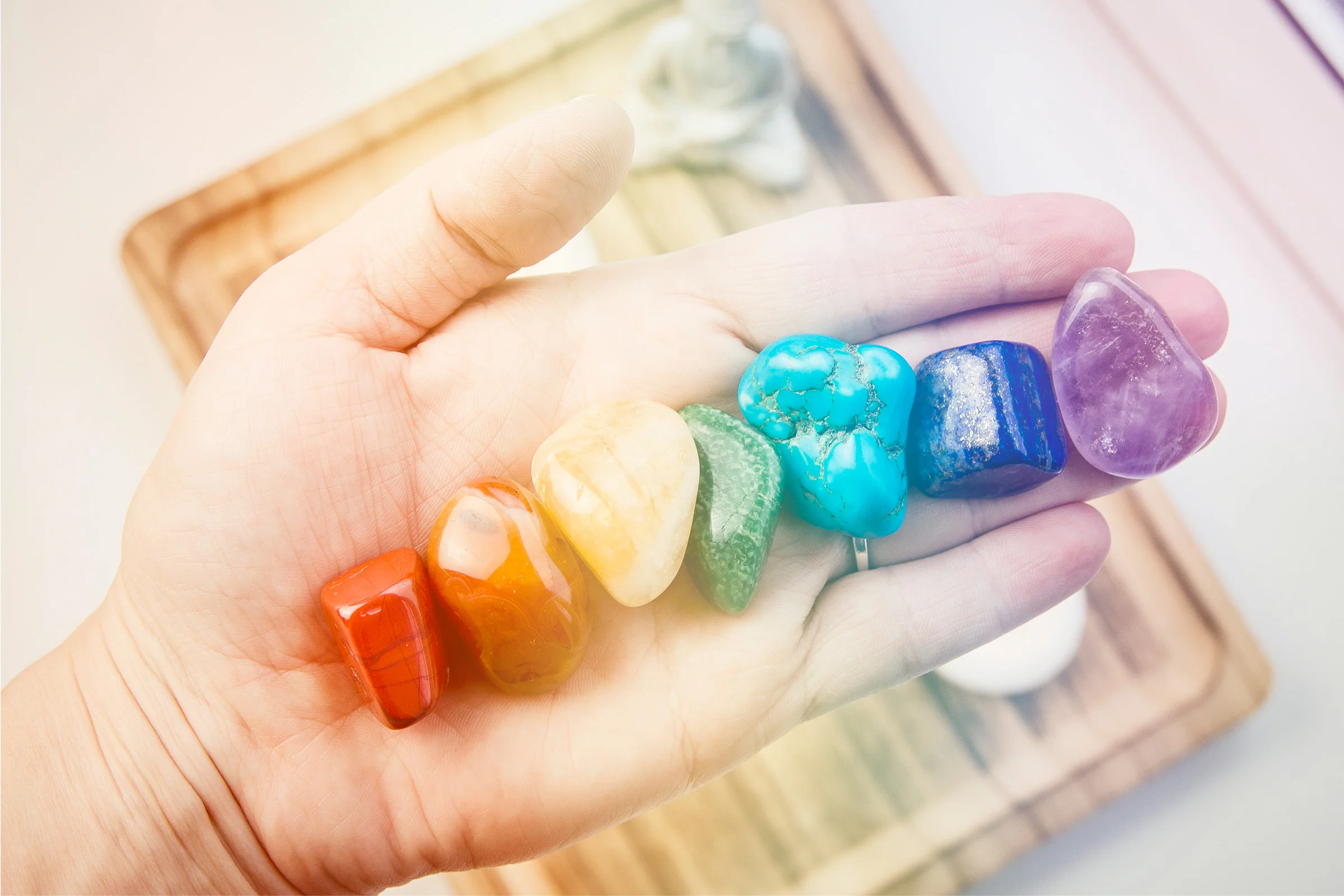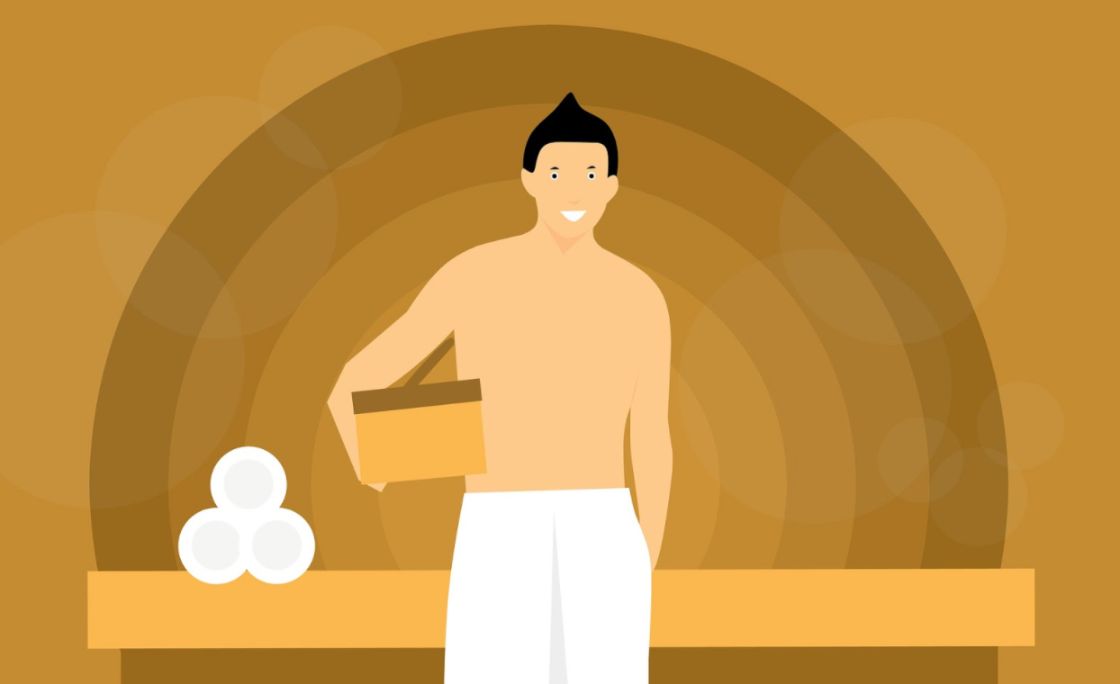When you think of healthcare, the first practices which come to mind might be numerous medications and invasive surgeries.
As incredible as modern medical technologies are, there also can be dangerous side effects to such practices.
Surgeries can cause additional pain and require long recovery periods.
Strong medications can result in addiction and other possible side effects.
In many instances, health issues can be relieved without such extreme measures.
Practicing holistic healing ensures that serious treatments are reserved for serious cases.
What is holistic healing, you might be wondering?
The word “holistic” refers to a complete and entire overview.
To understand something holistically means to understand how all of its parts work to create a whole.
Holistic healing is an understanding that the body is one unit, and that health concerns in one area may be directly related to another.
Specifically, holistic healing emphasizes that the mind and the body are not mutually exclusive, but rather work in unison.
When the body is not well, the mind is not at its fullest potential.
Likewise, when the mind is not well, the body can feel the ramifications.
A lot of physical pain can be linked to the state of mind.
Holistic healing is recognized as its own field due to its departure from traditional healthcare practices.
For example, rather than treating headaches with ibuprofen or a stronger drug, a holistic healing approach would be to determine why the headaches are happening in the first place.
Holistic healing aims to fix the root of an issue, rather than treat a symptom.
Many doctors and medical schools have begun promoting and implementing holistic healing.
Johns Hopkins Medicine acknowledges complementary and alternative medicine (CAM) as a legitimate and effective form of healthcare.
While many modern doctors prioritize holistic healing, it can also be practiced at home.
Whether recovering from illness, treating an injury, or focusing on preventative care, holistic healing can be the first step toward a healthier lifestyle.
Holistic Healing Arts
Those who practice holistic healing deem it an art.
Although seemingly simple, holistic healing requires your mind and body to constantly be in sync– the first step to healing is awareness of an issue.
For this reason, holistic healing is about far more than physical health; daily habits are major components of the process.
While there are many practices associated with holistic healing, meditation, acupuncture, and aromatherapy are three of the most popular.
Meditation
One of the most widely practiced forms of holistic healing is meditation.
There is a clear connection between mental and physical health, especially under a holistic perspective that recognizes the body as one unit.
Stress often manifests as physical pain; habitual meditation reduces stress levels and therefore can be considered a preventative measure.
As with most activities, the benefits of meditation become stronger through time and practice.
Meditation can be practiced in groups or individually at home.
Ultimately, it is an individual endeavor that is self-regulated.
Only one knows whether one is fully immersed in the meditation session, as such one can adjust your practice to maximize the benefits.
Tools can be used to heighten the benefits of meditation.
One of the most effective ways of doing this is by introducing Far Infrared Rays (FIR) into your routine.
There are many wellness benefits to FIR, such as a stronger vascular system and reduced skin aging.
Studies also suggest that FIR can relieve symptoms of fibromyalgia.
As it is common to meditate using a variety of mats – the easiest way to introduce FIR into your meditation routine is to use a mat with incorporated FIR technology.
This will ensure you are maximizing your meditation session every time!
FIR mats come in various shapes, sizes, and colors, ranging from small mats to larger ones.
Whether you prefer to sit or lay when you meditate, there is a perfect mat for you!
The investment is worth the lifelong benefits.
Acupuncture
Acupuncture is a Chinese practice that has become popular across the globe.
A common component of Traditional Chinese Medicine, acupuncture intends to create harmony throughout the body.
This is done through the insertion of needles into specific parts of the body.
Acupuncture deals more so with the neural system, and energetics, than just punctures…
Acupuncture practitioners are trained to understand where to insert the needles in order to address patients’ specific needs.
Although many people are hesitant about the idea of being stuck with needles, the experience is very different from getting a shot or giving blood, as the insertion is much more shallow.
Patients are happily surprised by how little discomfort there is during the session.
Most return for additional treatments.
Many people turn to acupuncture to resolve pain without taking medicine.
The practice resolves the pain rather than masks it.
Acupuncture patients often cite muscular pain or headaches as their reason for coming in, but tend to return to their practitioner frequently as preventative care.
Aromatherapy
An increasingly popular practice associated with holistic healing is aromatherapy.
Although the use of essential oils and scented candles is common in most American homes, aromatherapy is much more intentional than finding a favorite seasonal scent.
The belief behind the practice is that certain natural scents and oils invigorate specific bodily functions, thereby enabling healing and wellness.
Aromatherapy can relieve conditions such as migraines, congestion, and nausea.
People invested in holistic healing recognize aromatherapy as a quick fix for minor concerns.
It is a fantastic option for anyone who frequently uses or depends upon pain medicine to get through their day.
Some aromas have mental health benefits.
Eucalyptus is used for stress relief and lavender can help the mind to relax.
Aromatherapy requires knowledge of scents’ benefits but is one of the easiest methods of holistic healing.
Holistic Healing Music Therapy
Even the earliest philosophers identified a connection between music and emotional health.
Music therapy recognizes how the body reacts to certain acoustic frequencies.
Music therapy became popular in the 1960s and is used for many different issues from stress relief to mental, emotional, and behavioral concerns.
It has been shown to help treat depression and anxiety and is often used to help the elderly deal with memory loss associated with diseases such as Alzheimer’s Disease and Dementia.
Music therapy often requires trial and error, as individuals have musical preferences.
It might take some time to identify the music which creates the desired emotional response but is highly effective once discovered.
In most cases, music therapy is used in conjunction with other forms of therapy.
Sometimes it is used by therapists in order to initiate a conversation, evaluate a patient’s emotional state, or to better understand a patient’s needs.
Holistic Healing Retreats
Although daily holistic healing habits can produce great long-term results, sometimes we need immediate relief from pain or stress.
Holistic healing retreats create the ultimate “mental health day”, allowing you to return to work at your fullest potential.
Feeling overwhelmed or overworked?
Sometimes you need to physically remove yourself from a situation in order to come back with a clear plan for resolution.
A day at the first-ever HealthyLine zen and wellness center might be exactly what you need!
Our center offers a variety of different sessions, including Pain and Stress Management sessions on Far Infrared Gemstone Inframat Pro and an Immersive Far Infrared 360 Wrap Detox.
Our services are known to promote deep relaxation, stress relief, reduced pain and inflammation, improved blood circulation, cellular detoxification, accelerated injury recovery, chakra balancing and cleansing, and ultimately improve overall wellness.
Creating a healing environment in your home is the first step in crafting a holistic healing lifestyle.
A space that is open, bright, and free of clutter is ideal for stress-free living.
Dedicating a space in your home as a healing environment will give you an easily-accessible escape from troubles.
Holistic Self Healing
Although there is plenty of research and support surrounding holistic healing, it is truly a personal endeavor.
Some practices will resonate with certain people, while others might find more satisfaction through alternative routes.
Regardless of which elements are prioritized, holistic healing is a healthy approach to wellness with endless short and long-term benefits.
Holistic healing truly begins with lifestyle changes at home.
These changes do not need to be drastic; you might find it easier to start small and work your way to full immersion.
One way in which you can participate in holistic healing at home is by making simple changes that can improve your blood circulation.
Proper circulation positively affects many daily functions, and enhances overall wellness.
We’ve curated a list of 21 natural ways to improve blood circulation.
Once you commit to some of these practices, you can continue to develop your lifestyle until you feel that your needs are being addressed in safe and positive ways.
We hope that you now know not only what is holistic healing, but how it can change your life for the better.
The first step to a healthier lifestyle is willingness to try new practices and create new habits.
Take the first step today– in no time at all, you will be so grateful you gave your body and mind the relief it deserves!


